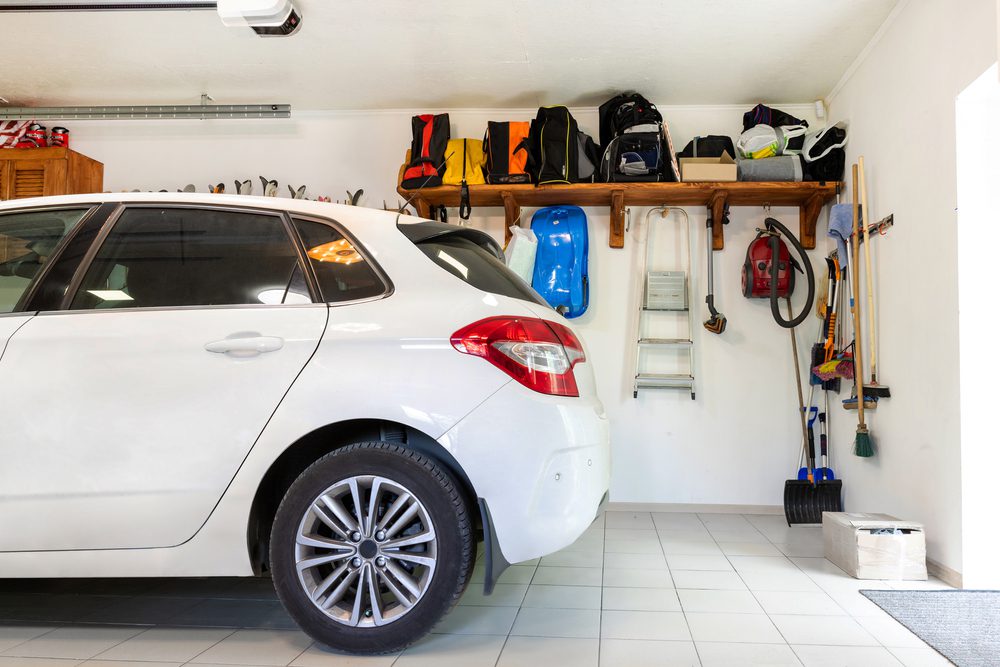Before you pack up your house for a move, you’ll need to reserve a moving truck. Moving trucks come in a variety of sizes, so it’s crucial to choose the right one for a safe and efficient move. Scratching your head wondering, “How big of a moving truck do I need?” We can help you figure it out.
We have 2 methods* to calculate your moving truck size: By cubic feet or number of bedrooms. And although professional movers will calculate the size for you, you may want to double-check to make sure you don’t overpay.
*Note: Both methods are estimates.
How Big of a Moving Truck Do You Need? Method 1: Calculate by Number of Rooms
This is the easiest way to determine your moving truck size (moving truck companies use this method). Here are the general estimates of rooms per size of truck:
- Cargo Van (400 cubic feet): 1 room, studio apartment
- 10-12 Foot Truck (450 cubic feet): 1-2 rooms
- 15-17 Foot Truck (800 cubic feet): 2-3 rooms
- 20-22 Foot Truck (1200 cubic feet): 3-5 rooms
- 26 Foot Truck (1700 cubic feet): 5-7 rooms
How Big of a Moving Truck Do You Need? Method 2: Calculate Size by Cubic Feet
This method is helpful if you want to double-check a professional movers’ estimate or if you have more furniture than the average person. It’s best to make a list of the items you’re moving and add them up with a calculator. A general rule of thumb: Fully furnished rooms use about 150-250 cubic feet of space.
Here’s a guide to the number of rooms per cubic feet of space:
- 400 cubic feet: 1 room, studio apartment
- 450 cubic feet: 1-2 rooms
- 800 cubic feet: 2-3 rooms
- 1200 cubic feet: 3-5 rooms
- 1700 cubic feet: 5-7 rooms
What to Do After Determining a Truck Size
Inspect the vehicle
After you’ve picked up your truck from a moving truck company like Uhaul, it’s time to inspect it. While you don’t have to give it a mechanic-grade checkup, it’s still a good idea to look for any scratches, dents or other visible damage on the truck.
If so, point it out to the rental company and document it. If you don’t identify these problems before you leave, there’s a chance the rental company will blame you for any damage. The last thing you want is to return the vehicle and discover that the person who rented it before you bumped the truck.
Operating the truck
If you’ve never driven a large vehicle before, you might be a little intimidated by driving a moving truck. And even if you have, you’ll want to familiarize yourself with the vehicle before you start driving.
Adjust the mirrors and seat, check the windshield wipers and turn all the lights on and off before leaving the rental company. This ensures that you’re not trying to figure out how to operate these controls while you’re already on the road.
Due to the size of the vehicle, you’ll want to make much larger turns than you might be accustomed to making in your normal car. Additionally, try and avoid alleys, narrow roads, and crowded streets if possible, and instead stick to main thoroughfares. Be sure to remain mindful of clearance on bridges and other overpasses, as some might be too low for the truck to drive through.
And, as is the rule of thumb for driving any vehicle, always follow the speed limit and obey all traffic laws.
Final Thoughts on Moving with Your Truck
Whatever you’re moving, store it in a temperature-controlled storage unit with SecurCare Self Storage. By offering a variety of self-storage units in several sizes, we also offer some of the most requested features like fenced perimeters and security cameras. We continually strive to satisfy all of our tenants’ storage needs.
Check out our moving & storage tips:



This post was originally published on 9/24/2020. It was updated on 11/17/2021.

In my personal experience, moving trucks should just be big. Smaller-sized ones just cause quite a lot of trouble, plus it’s never bad to have extra space, right?